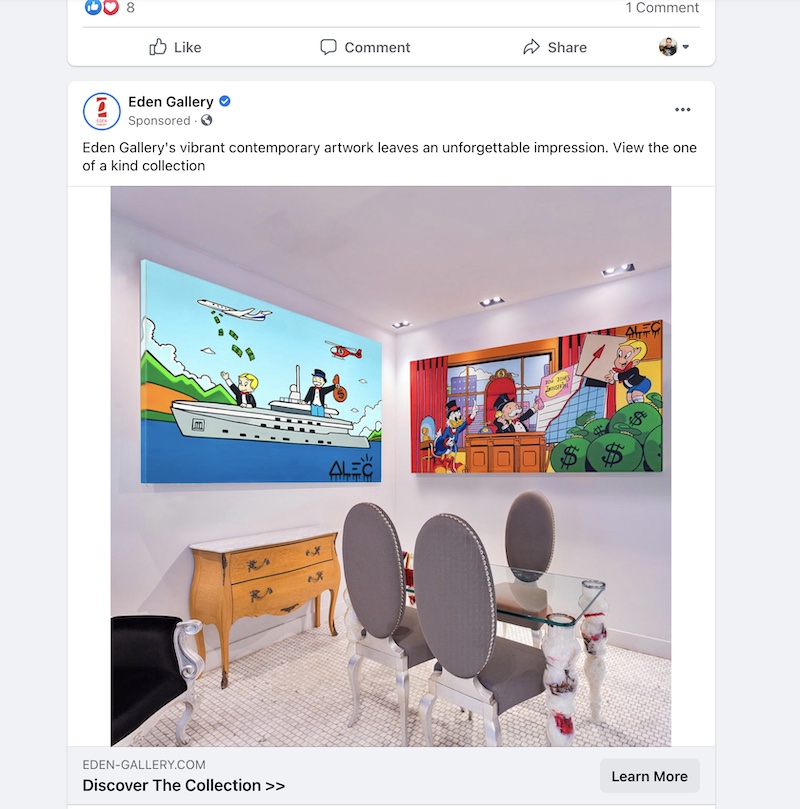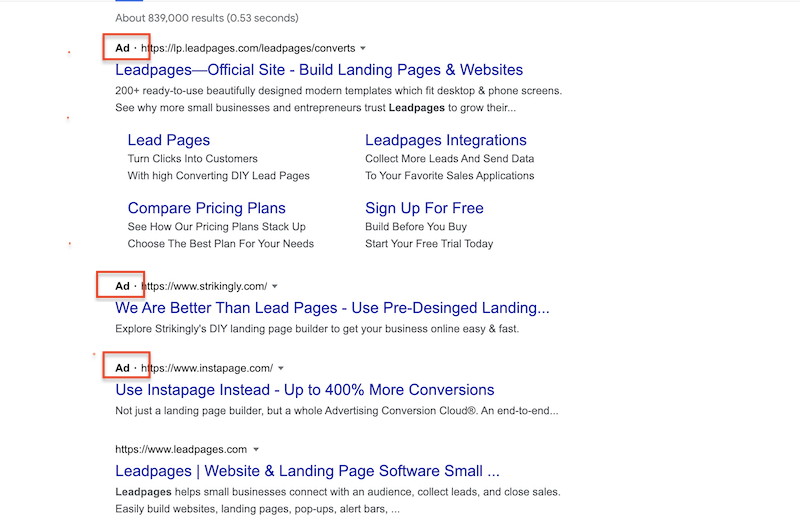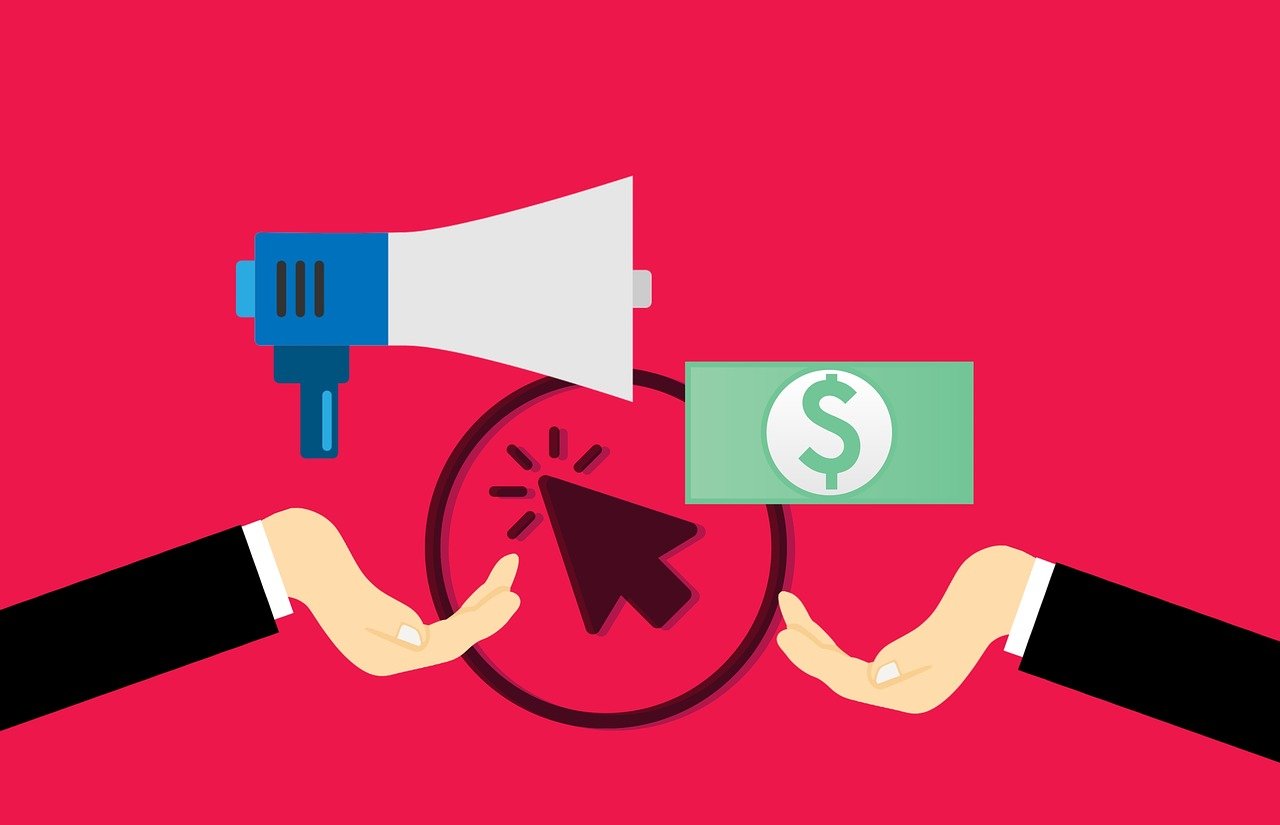Whether you realize it or not, you’ve probably made a purchase via native advertising.
As you commence to your daily scrolling and surfing activities, you’ve surely noticed ads and ad placement, unless you’ve got an incredibly strong-willed ad blocking software. Bright flashes, instantly playing videos, and boldly colored banners are nearly everywhere you look, to the point where your brain might begin to automatically tune them out.
This is where native advertising comes into play. It’s so subtle, it sneaks past your brain’s filters and your adware. So what is this mysterious native advertising, and how does it work?
What Is Native Advertising?
The term native advertising refers to paid advertisements that mimic the website on which they’re placed. They blend in so well with the rest of the content on the page, that most users don’t even register it as an ad: it becomes part of the overall experience.
On social media sites, such as Facebook, Instagram, Twitter, and Reddit, these ads look just like the posts above and below them. These are known as “In Feed” units.
In the image below, you can see an example of native advertising in Facebook.

They blend into the feed, with identical formatting and content that doesn’t look out of place on that particular page. You may have “liked” the ad without even realizing it was an ad in the first place: native advertising is intended to look like just another post on your feed, from the media displayed to the content.
You can also find native advertising on popular websites, such as news magazines or other content-driven outlets. Native ads might appear as a recommendation, like “Watch Next” or “Read Next” at the end of the article. The official name for these ads is “Recommendation Widgets”.
Native Advertising is Everywhere
Even Google and Amazon search results include native ads. You’ll see them at the top of the page, with small text indicating it’s an “Ad” rather than regular search content.

Still, these options function in the same manner as the rest of the results page, making it hard to discern which is the paid content without a closer look.
On Google, they’re known as “paid search results”, and on Amazon, they’re called “promoted listings”.
“Display Ad With Native Elements” are native advertising-adjacent. These ads look and feel like regular online ads, but they share context with the pages on which they are published.
For example, if you were reading a recipe for chocolate chip cookies, display ads with native elements might include a banner ad featuring a particular brand of chocolate chip, or a butter option that happens to be wonderful for baking.
While it’s clear that this is not part of the recipe, it makes sense based on what the audience is currently reading.
Read also: Getting Started with Google Ads
How Does Native Advertising Work?
The key to success in native advertising is having an ad that doesn’t look like an ad. That may seem counterintuitive to everything that has ever been taught about marketing and advertising, but in a modern internet-driven world, it actually works.
To say today’s consumers spend a lot of time on the internet is an understatement. If previous generations thought that billboards, print ads, and televisions commercials were overdoing it, today’s e-commerce advertising must be incomprehensible.
Ads are everywhere you are online, and there’s no sign of that trend ever stopping. Everyone wants to take every opportunity to sell you their products.
But what this creates is a phenomenon called “ad fatigue”.

We have grown accustomed to advertisements appearing everywhere, and we simply tune them out. Just as we talk over television commercials, and throw away junk mail, we scroll past web ads that don’t interest us.
As a result, more and more online ads get filtered out of our consciousness, as our brains take over where ad blocking software leaves off.
Native advertising passes through this filter, because our brains don’t immediately look at these units and think “hey, that’s an ad: skip”. As our eyes and brains dart across the page looking for the next stimulating tidbit, anything that matches the format gets lumped into the pool of interesting and entertaining material.
If the content or media resonates with you, you behave as you would with any other text or image: you click to learn more.
Does it Bring Results?
Some experts feel that native advertising is being a bit sneaky, because users who click on these ads might not be aware that they’re entering the sales funnel, so to speak.
Consumers, on the other hand, aren’t as concerned. Like anything else on the internet, the back button or a quick swipe will return users to their regular content, and given the rapid rate at which social media is consumed, all will soon be forgiven.
However, there are a few tell-tale signs that what you’re looking at is an ad. Words like “suggested”, “recommended”, “sponsored”, and “promoted” will appear in some context with the ad.
On Instagram, for example, users will see the name of the company posting as the account name, with “Sponsored” in the area where a location is usually displayed. These native ads may have an information bar linking to the business’ website at the bottom where you can “Learn More”, but otherwise, include the same like, comment, and share function as the rest of the users you’re following.
Read also: How to create a good advertisement
The Trust Effect
Because of native advertising’s seamless integration into the overall context of the website or social media platform, users automatically trust them more. This may be a subconscious level of acceptance from the fact that the ad was not immediately ignored. Since it doesn’t disrupt our conscious flow, it must be fine.
In fact, it may be more than just fine, as a study by marketing software company Sharethrough found that native advertising leads to an 18% increase in likelihood of buying. Combine that with the fact that native ads receive between 20-60% more clicks than regular banner ads, and it seems like a good option for business owners to explore.
Native ads are receiving significant attention right now, for all the right reasons. With mobile usage, social media advertising, and internet content consumption at an all time high, it makes sense to take advantage of many different avenues of marketing.
Native advertising allows business owners to make an impact and get noticed without getting stuck in the ad filters: human and software based alike.
With options available on nearly every internet platform, from social media, to news and content outlets, to Google and Amazon, native advertising might be the next best move for today’s marketers.
Are you on a limited budget? Would you like to test out a new offer and send it to thousands of real people on the market? Click the button below and get in contact with hundreds of solo ads sellers. Prices start from $0.40 per visitor. Free to join, no hidden costs!










